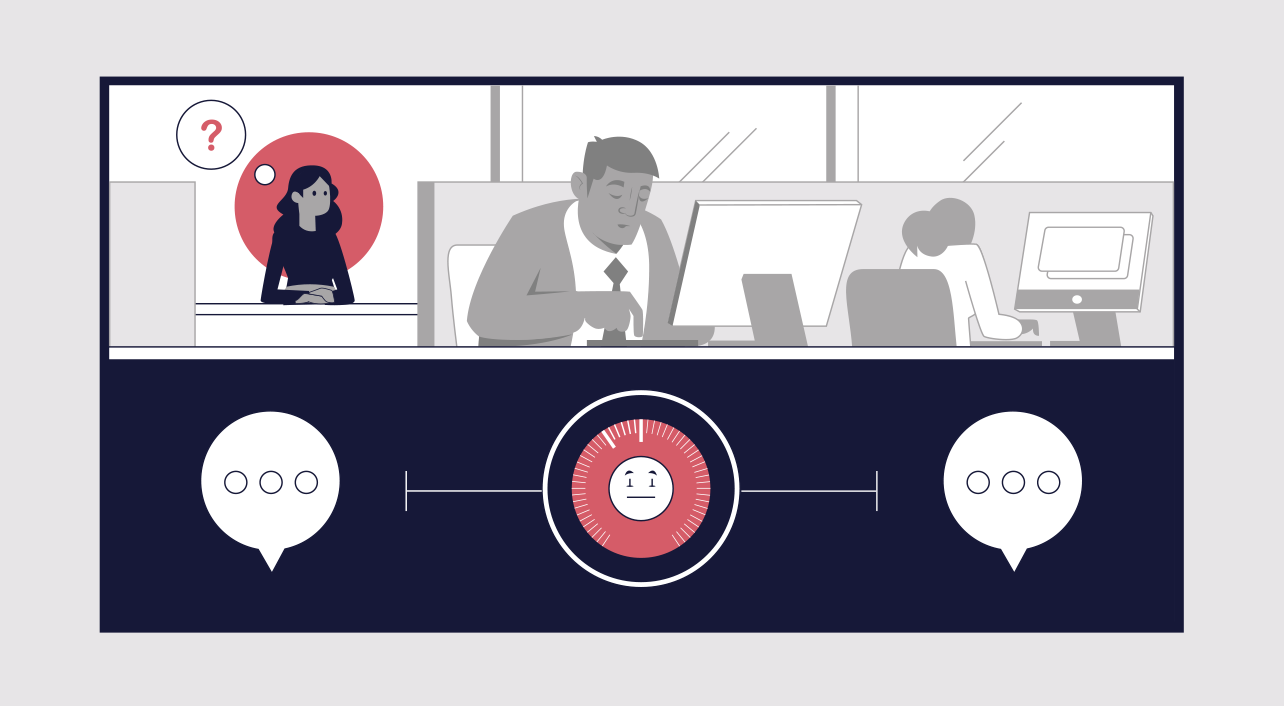- rli
- Blog post
What research says about face-to-face vs. online learning
There’s no doubt that online learning is here to stay. Globally, the online learning market is already worth tens of billions of dollars, and is expected to reach $50 billion by the year 2026.
But is online learning as effective as face-to-face when it comes to training your employees?
Many factors go into answering that question. Recent research out of Ruhr University Bochum in Germany focuses on one key aspect of learning effectiveness: the physiological effect of online learning vs. in-person learning.
States of arousal
The university researchers did two studies. In the first, they measured the production of the stress-response hormone cortisol and the heart rates of a group of students both in a classroom and in an online class setting. The students showed a greater physical state of arousal in the classroom compared with online. The researchers considered this a good thing, as arousal correlates with readiness to perform.
In the second study, the researchers compared classroom learning with two kinds of online learning: One involved the simple transmission of information to students, while the other included interactive segments where the students were expected to participate.
The interactive online experience created more physiological arousal than the other online method, although less than the traditional classroom setting, the researchers found.
What’s more, a large majority of students indicated afterward in survey responses that they felt more attentive and involved in the course activities in interactive online teaching compared to passive online teaching.
Improved attention, memory
Why is it important that learners feel aroused? The lead researcher, Morris Gellisch, pointed out that a moderate state of excitation during a learning experience improves attention and memory processes, which in turn helps with retention of the course material.
Additionally, the researchers found that the students who felt greater arousal also enjoyed the course more, making it more likely that they would engage in further learning experiences.
The implications for employee learning are clear: If you’re going to enroll people in online courses, make sure there’s a strong interactive component to them. It’ll make the learning experience more effective and enjoyable.
This blog entry is based on the following research articles:
Gellisch, M. et al. (2022) Decreased sympathetic cardiovascular influences and hormone-physiological changes in response to COVID-19-related adaptations under different learning environments. Anatomical Sciences Education, 15(5), 811–826.
Gellisch, M. et al. (2023) Interactive teaching enhances students’ physiological arousal during online learning. Annals of Anatomy, 247, 152050.

Get a demo of all our training features
Connect with an expert for a one-on-one demonstration of how BTS Total Access can help develop your team.



